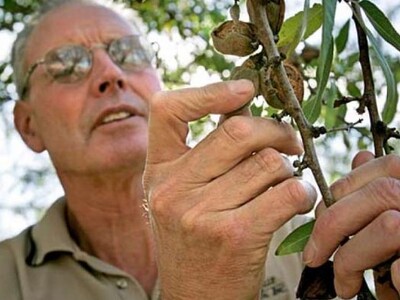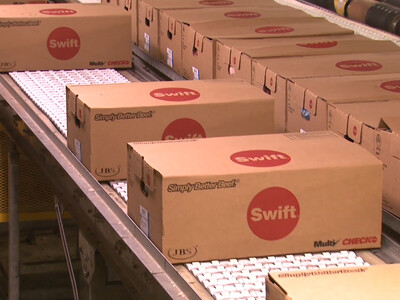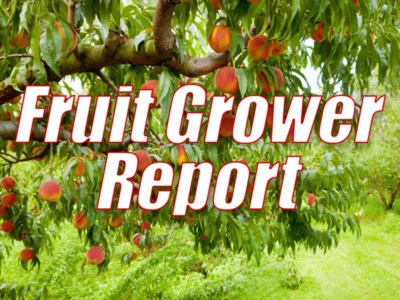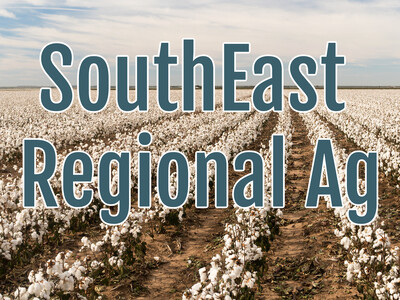Water rights
An historic water agreement approved by Idaho legislators in 2015 to resolve decades of litigation between the Eastern Snake Plain's groundwater and surface water users could soon face its toughest test yet, Idaho House Speaker Scott Bedke said.The Eastern Snake Plain Aquifer supplies water to about 2 million acres of farmland, as well as cities and industries. About half of the irrigation supply is surface water, and half is pumped from wells.
Aquifer levels have been declining since the 1950s due to increased well irrigation, thereby depleting springs that bolster river flows and injuring surface water irrigators with senior water rights.
Years of drought and the increased use of efficient sprinklers rather than flood irrigation, which allows excess water to seep back into the aquifer, have also played a role in the declining aquifer levels.
During the 2015 season, passage of the water call settlement prevented the drying of more than 400,000 acres of groundwater-irrigated agricultural land, according to Bedke, R-Oakley. The agreement has also been crucial during the current drought year.
"This year was a year much like that one, and you would have been looking down the barrel of 150,000 to 200,000 acres that would have been shut off," Bedke said. "The agreement covered all of that."
As Bedke noted, however, having back to back drought years would really put a strain on the agreement.
"If we don't get about 120 percent of normal precipitation this year, it's only at that point, that much above average, that any of the seniors get a full water right," Bedke said. "We do still live in the arid West and this part of the state is agricultural, based on production and processing and everything that comes around it."
Under the agreement's terms, participating groundwater users were given safe harbor from water calls. In exchange, they agreed to reduce their groundwater use by 240,000 acre-feet per year, representing a reduction of about 12 percent from historic use.
They also agreed to lease and deliver 50,000 acre-feet of storage water annually to the senior irrigators, represented by the Surface Water Coalition. Furthermore, they had to install meters on wells by 2018, among other provisions.
The agreement included benchmarks to be met toward recovering the aquifer.
To help in the effort, the state agreed to recharge an average of 250,000 acre-feet of water into the aquifer each year. Managed recharge entails intentionally allowing surface water to seep into the groundwater by running it into gravel pits, spill basins or through unlined canals in strategic locations.
"We stopped the drop in the aquifer and we're building back. We met the state's goals and the agreement's goals to put 250,000 acre-feet back into the aquifer each year," Bedke said. "In fact, for this year we're averaging 387,000 acre-feet."
Nonetheless, Bedke acknowledged the upcoming milestones established under the agreement may be out of reach due to the recent drought.













